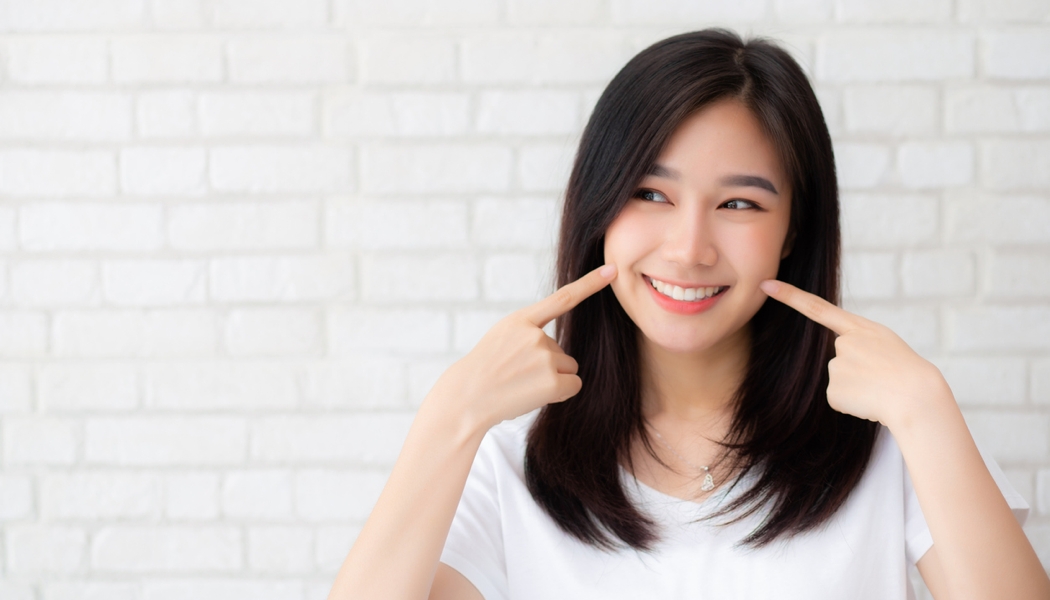Zap Beauty Index 2023 indicated that 96.8 % of Indonesian women have used local skincare brands in 2022, and 19 % use only local skincare. The pandemic might be one of the reasons why many consumers have started supporting local businesses, but there are many more explanations as to why local brands are encountering such a huge success nowadays.
Educating consumers and focusing on star trending ingredients/actives
Strong national companies have been implemented and have shaped the beauty landscape, like Wardah in Indonesia, Cathy Doll in Thailand or Skin Inc in Singapore. But new DNVB (Digital Native Vertical Brands) are paving now the way for local success. Their number one strength: get a quick hold on what’s buzzing, and translating it into fast product launch to get ahead of the competition.
Since 2021, one of the hottest trends inspired by the success of US brand The Ordinary in South East Asia, is skincare items like serum or moisturizer with a high percentage of a “hot” ingredient like Niacinamide, Ceramide or Retinol. All this combined with a smart social media communication based on consumer education, making them the experts of their own skin, and a very affordable pricing.
Brian Lazuardi, CEO of Azarine, one of the upcoming skincare brands on the Indonesian market, comment as an example: “2022 is the year of Ceramide as the star ingredient in skincare, with one product making a huge buzz.” This success was followed by relevant local brands trying to match that offer with a “plus”, such as higher percentage of the said ingredient.
As an example, one of the best-selling skincare item in Indonesia Skintific 5x Ceramide Barrier Repair Moisture Gel Moisturizer, has sold more than 1 million pieces (June 2022) and provoked a huge enthusiasm about Ceramide and barrier care, prompting local brands to launch their own version, like Scarlett Whitening 7x Ceramide Moisturizer.
Visuel 1
Focusing on top-notch innovation and proven efficacy for premium brands
One might consider South East Asia primarily as a market of affordable cosmetics, and indeed many consumers are looking into promotions and online discounts as a main factor when purchasing a product. However, and this is particularly relevant for skincare, the brands that put the accent on scientific innovation, coupled with an efficacy proven to consumers through clinical studies and influencer support are becoming more relevant, especially to educated affluent consumers.
Julius Lim CEO of the Malaysian brand B&B Labs explained during in-cosmetics Asia show in Bangkok how focusing on “smart skincare” such as connected sheet masks had made the brand highly distinctive and relevant on the Malaysian market.
Thai brand Her Hyness is distinguishing itself from the crowded Thai market with their new Hydra Glow Advanced Skin Booster Cream, with magic words like “hydra- glow”, a combination of perfect moisture and ideal skin finish. Their previous launch Bio-Peptide Advanced Youth + Glow was promising natural “Botox and Filler-like” effect thanks to Peptide Drone Delivery and Growth Factor Complex. By mixing the idea of green-tech beauty with surgery-like results and expected healthy skin results, Her Hyness is pushing the premium local beauty category to the same level as popular brands from Korea or Japan.
Another example : the Singaporean-based brand Est Lab also explains their success by the renewed interest for sophisticated skincare routines and the use of devices for “spa at home” moment, during the pandemic. As they understand the need for consumers in Singapore for extremely luxurious but also efficient skincare, they launched a new brand called Heure Beauty, based on a cutting edge technology : “SPHR™ , a transdermal delivery system that is able to safely encapsulate high efficacy active ingredients and penetrate into the dermis where collagen and elastin reside, to holistically achieve sustainable and long-lasting skin improvements “. The clinical results promised by this scientific innovation seems astonishing, with a +680% improvement of barrier function and + 320% reduction of wrinkles.
A unique identity – the key to stay on top?
When the market becomes excessively competitive and the consumers grow extremely knowledgeable, the most distinctive brands are the ones to survive and succeed. A case in point to illustrate is the rebranding of Mistine in Thailand. Mistine is a Thai leading makeup brand, encountering not only a huge success locally but in China. As many local brands were starting to look identical to each other – same product launches, same K-inspired mostly white models – Mistine operated a deep change with a new inclusive campaign called “I am perfectly me”. This move ahead of other local brands give them a new edge and a bigger visibility in store, while keeping the quality and affordability of the products that made its success.
In Indonesia and Thailand, the growing area of collaborations between beauty brands and international/local franchises is also a factor of success as it brings a renewed excitement for consumers, with examples from collaboration with Marvel, KFC, BTS21…
Thomas Budi, co-founder of Indonesian brand Jacquelle, explains that their newly launched collaboration with popular Japanese anime Spy X Family has allowed to target an underserved and huge community of beauty lovers in Indonesia – the cosplay addicts – during their launching event at Sociolla Wonderland in December 2022.
These different strategies illustrate the shift with the rise in power of local brands, sometimes to the detriment of international brands established locally. However, the influence of North Asian market trends (Korea, Japan, China) is still massive, in terms of formats, textures, routines, and uses.
Our next article will focus on this particular theme: the influence of North Asian beauty on South East Asian markets.
To know more about South East Asia beauty markets, feel free to contact.
